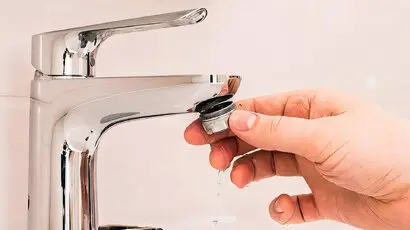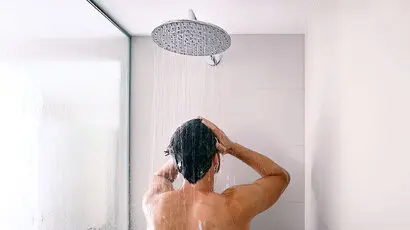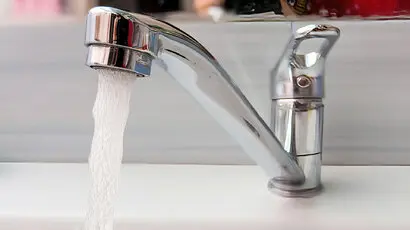Common Causes of Low Water Pressure
Are you wondering about the common causes of low water pressure in the house? Follow our guide as we discuss how you can identify the cause of our water pressure issue.
There’s nothing worse than a sluggish shower when you’re in a rush for work! Low water pressure doesn’t just plague your shower; it can disrupt the whole house. Imagine waiting ages for bathtubs to fill or your dishwasher to finish. These disruptions can throw off your daily routine, making it crucial to pinpoint the underlying issue.
Leaks in your plumbing system are often behind low water pressure at home. These pesky leaks can spring up in main or branch lines. While a burst pipe leads to a sudden pressure drop, multiple leaks might slowly sap pressure over time. Sometimes, to get things back on track, replacing the pipes might be the only solution.

Malfunctioning plumbing fixtures, like a stubborn faucet or showerhead, can also cause low water pressure. When minerals build up, they clog the aerator or restrictor, cutting down water flow. Giving the fixture a good clean or replacing it usually brings things back to normal.
We are here to help you understand the different causes behind low water pressure in the house. Once you have a clear idea, you can get a professional to fix the issue. You can also sort out some of the plumbing problems.
Read on to learn more about the various factors contributing to low water pressure in your home and the steps you can take to resolve the problem.
Lowered water pressure can happen for numerous reasons depending on your plumbing system and local water supplier. Let’s take a look at the four main causes of low water pressure at your home:
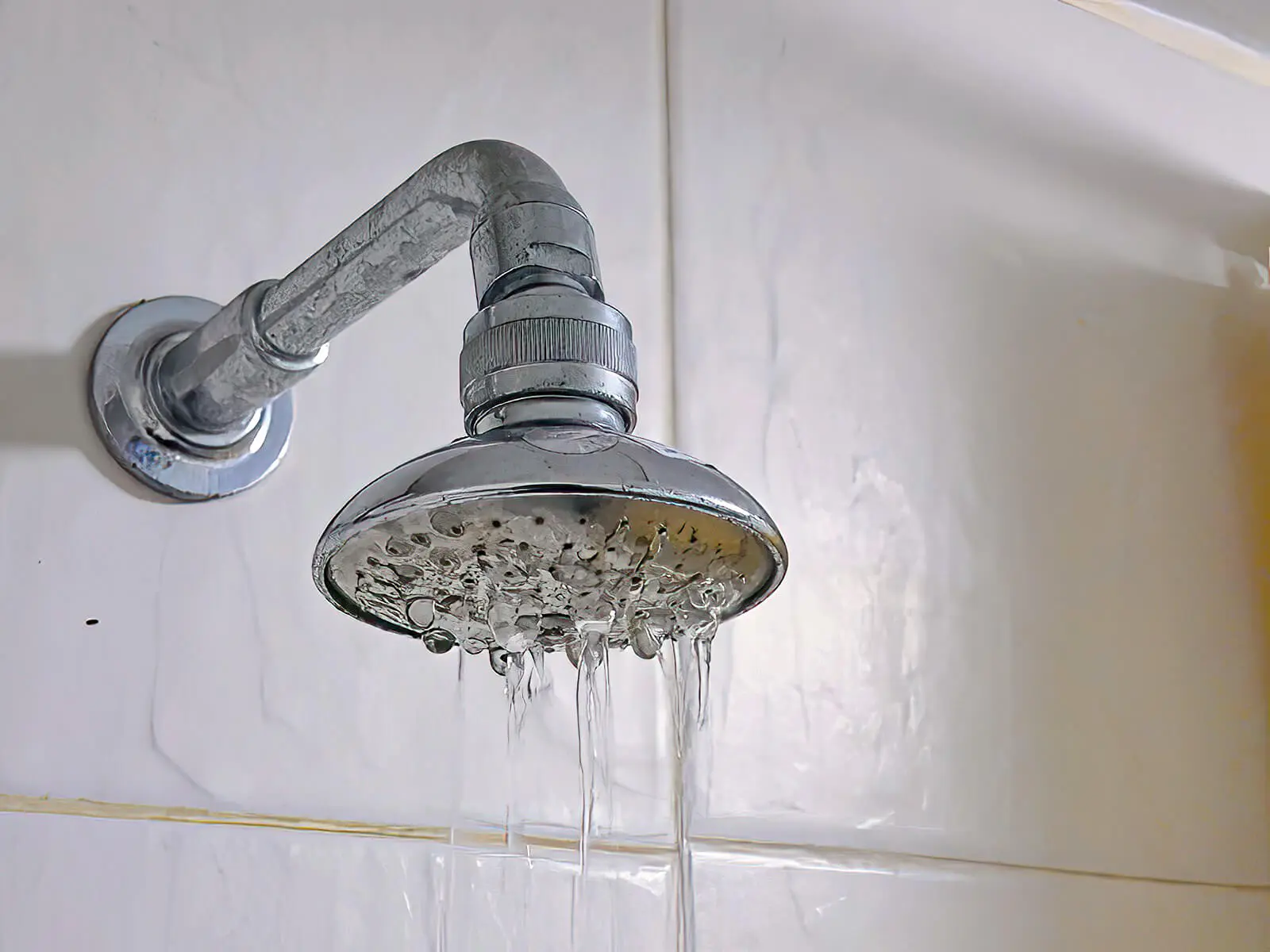
You should know that every house has two shutoff valves that control the water flowing in and out of the house. One is where the water supply line enters the house through the wall. It can also be outside the home in warm climates, often connected to brass pipes.
This valve is turned off partially during plumbing work to stop or adjust the water flow. If the plumbing team had not been careful while working, they could have left this valve half-open or partially open, which can significantly reduce water pressure throughout the house. If you have recently had plumbing work done in the house, and the water pressure has gone down, this could be why.
It’s crucial to see if a valve is only partly open because it’s something easily missed. A valve that isn’t fully opened can choke water flow, causing low pressure in your home. If you think that’s the case, it’s worth a closer look.
If you see a wheel-like handle on the valve, ensure it is turned entirely in an anticlockwise direction to open the valve fully. If a lever handle is used, the lever should parallel the water pipe when the valve is fully open.
Ensuring the main shutoff valve is fully open can eliminate one potential cause of low water pressure in your home. If the problem persists after adjusting the valve, you may need to investigate other possible issues or consult a professional plumber.
Have you noticed a slow drop in water pressure over the last few years? Then, that could be because of corroded pipes. Steelpipes usually get corroded over decades. The corrosion and scale build-up ultimately block the entire pipe.
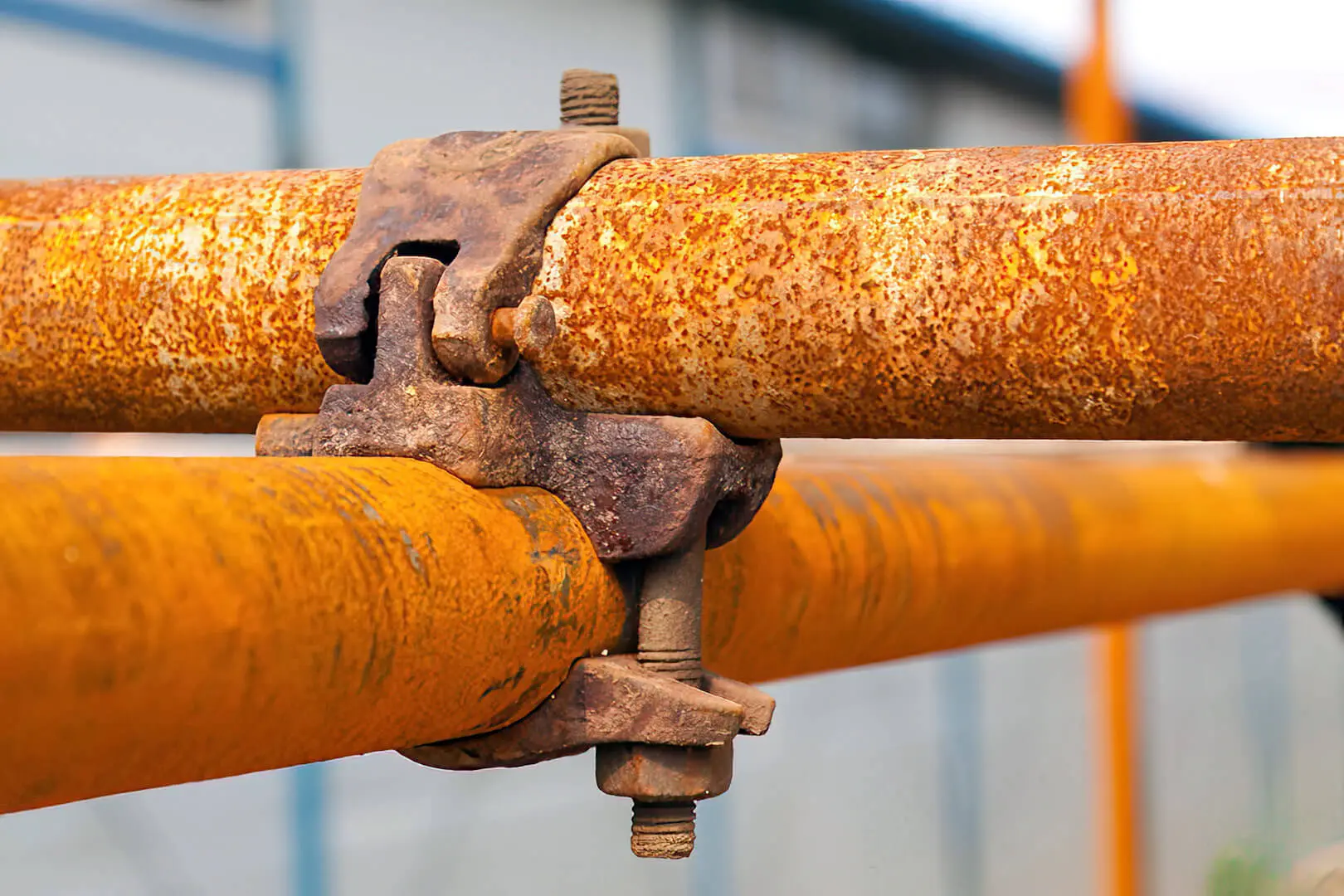
But, if you have purchased an old home, the water pipes may already be corroded from the inside, and the water pressure may be low. In such cases, the only thing that you can do is replace the pipes. You may also opt for pipe relining, a less invasive form of pipe replacement.
However, you can replace the copper pipes or plastic water pipes. These will solve the low water pressure problem and ensure you do not face this issue for decades.
Is your pressure regulator failing? Some houses have a pressure regulator attached to the pipes. This regulator acts like a control valve and regulates the water pressure in the plumbing line to protect it from the increased flow of water. Not all houses have them, but they need to be checked if you do.
The water pressure can increase or fall significantly when the pressure regulator falters, or you have a broken pressure regulator. The effect will be sudden, and you will notice a change in the water pressure in all the water pipes around the house.
If the regulator falters, you can replace it with a regulator of the same brand and size. However, calling a local plumber to handle this job is best. First, it would be best to shut down the main shutoff valve to change the pressure regulator.
Once that is done, you must turn on the valve and check the water pressure.
A valve is placed right beside the water meter, known as the water meter valve. The main city water supply pipe generally controls this and will primarily be handled by company personnel.
If you’ve recently had repairs or changes to your plumbing, it’s possible the plumbers tinkered with the valve. If your water pressure was fine before and has since dropped, there’s a chance the water meter valve isn’t fully open.
This valve can be found on the outside wall of your house or in an underground box between your home and the street, basement, or garage. Find the location and check if the valve handle is parallel to the water pipe. If not, the valve is not fully open, and the handle needs to be turned on.
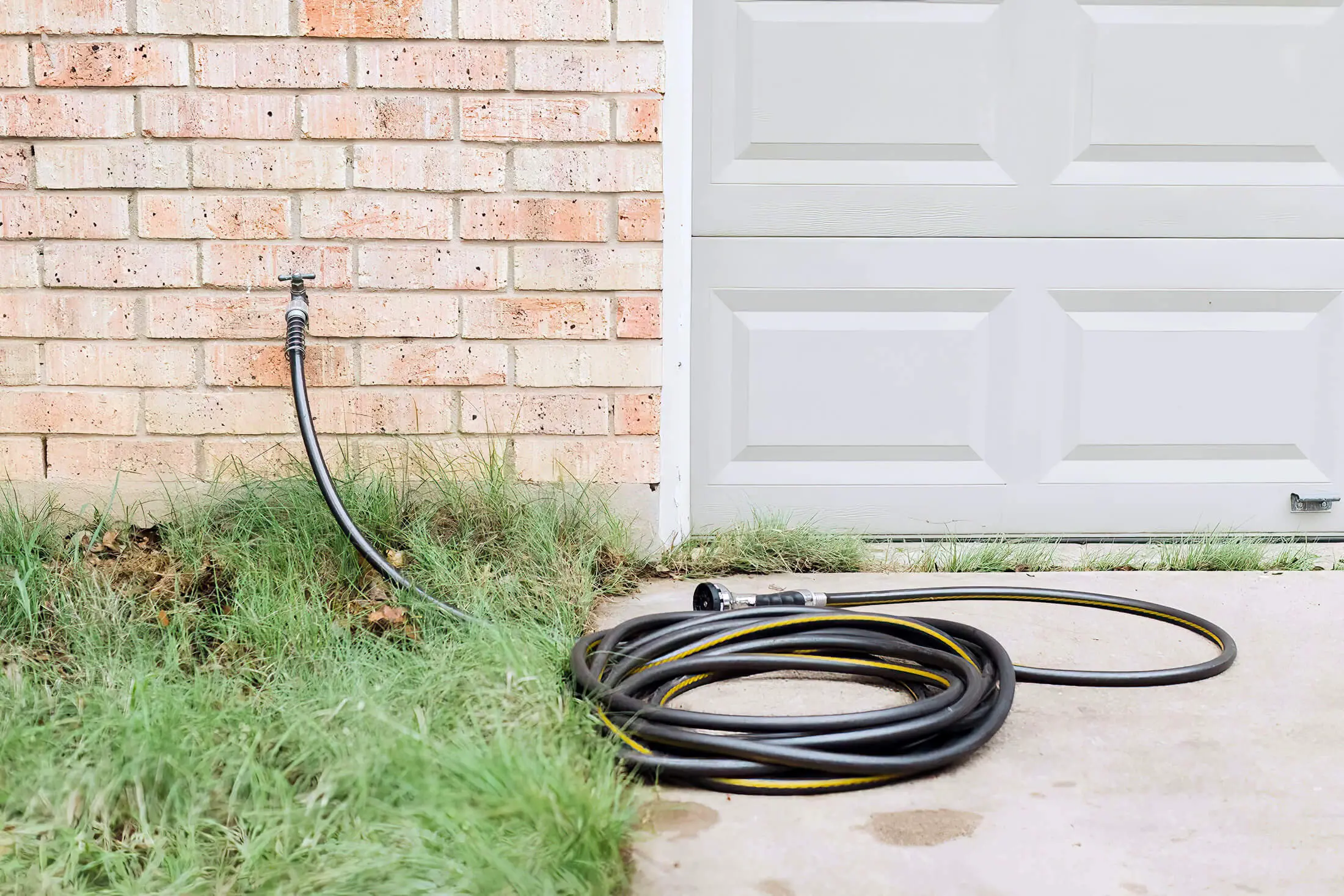
If you want to check the water pressure, you can use a water pressure gauge. The water pressure gauge must be attached to the outside hose spigot closest to the pressure regulator. If the water pressure is normal, then there is no further issue.
However, if it is still low, you must check all the valves and get professionals to check the water pipes for corrosion. Also, the regulator may malfunction, which needs to be checked.
You may also want to check your plumbing fixtures for any leaking pipes.
Even if you’re aware of the usual water pressure issues, it’s wise to call in the pros during an emergency. They’re skilled at pinpointing problems quickly. Plus, you’ll save time and can keep focused on your daily tasks.
For the best plumbing specialists in Melbourne, co ntactthe team at WP Plumbing. We offer professional, high-quality, and fast solutions for your water pressure issues.
We hope this guide helps you fix low water pressure in your home!
Are you having a low water pressure problem at home? Don’t worry! We have curated this article on low water pressure so that you can find the right solution.
Have you turned on your shower to discover there is no hot water pressure? We are here to help with this guide to why your shower may have low water pressure!
Is water running out of a tap at high speed? When left unchecked, high water pressure can lead to serious plumbing issues. Check out our guide to learn more!
